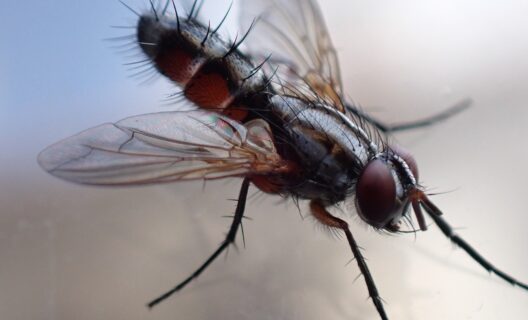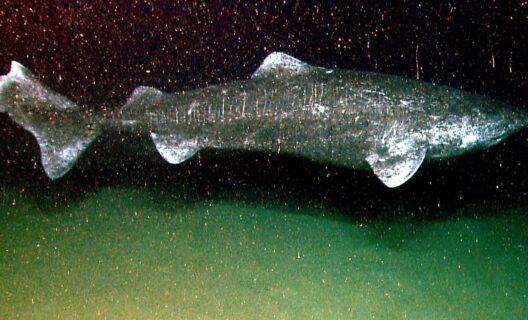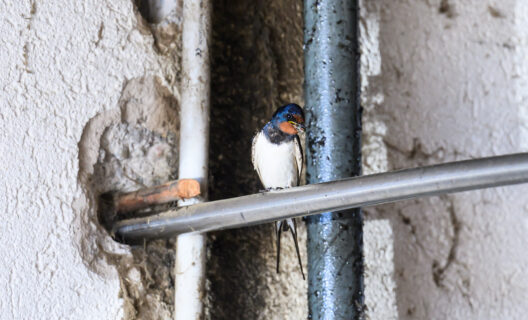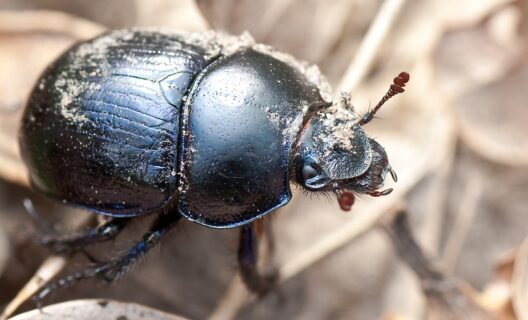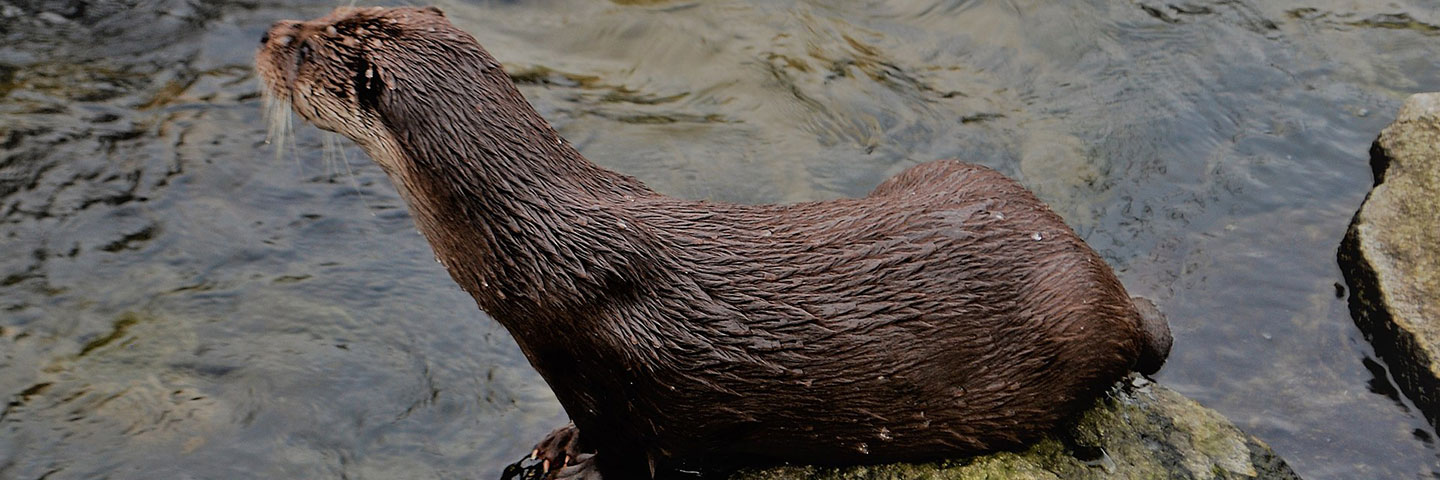
Monitoring species by capturing their tracks
Reading time
0 min
Using environmental DNA method, European otter and white-footed crayfish are confirmed in Liguria
To monitor the presence of two species considered endangered-the European otter and the white-footed crayfish-researchers from the University of Florence used the eDNA, or environmental DNA, method: an ideal approach for tracking rare or elusive animals.

Credit: Erik Christensen – CC BY-SA 4.0Erik Christensen – CC BY-SA 4.0
As reported by Conservation Genetics, the study started from the need to verify two presences in Liguria: that of the European otter(Lutra lutra), which after being considered extinct since the 1980s has recently been sighted again; and that of the white-footed crayfish(Austropotamobius pallipes), which has suffered a drastic population decline in recent years.
eDna step by step
The research was organized in several stages. First, the scientists focused on four river basins in western Liguria (Roia-Bevera, Argentina, Nervia and Tanaro), selected on the basis of previous reports of the presence of the two species. Within each basin they then chose eight sampling sites, favoring those located near or within Natura 2000 sites.
They then collected six water samples at each of the designated sites, taken at random points along a 150-meter transect; the samples were filtered to retain environmental DNA, and analysis of the latter confirmed both presences.
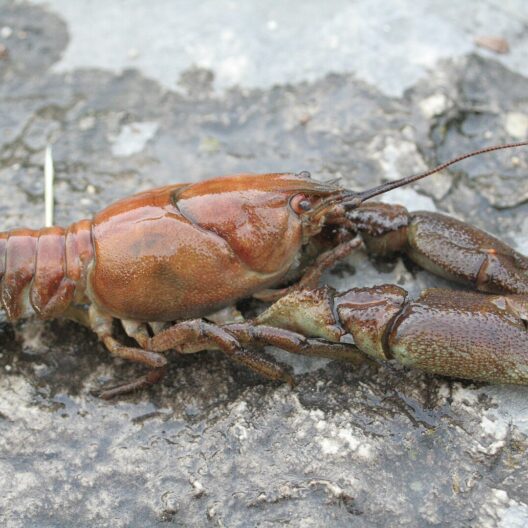
Credit: David Gerke – CC BY-SA 3.0David Gerke – CC BY-SA 3.0
This result provides important information for management and conservation: knowing that both species live near Natura 2000 sites underscores the importance of these protected areas for their survival.






